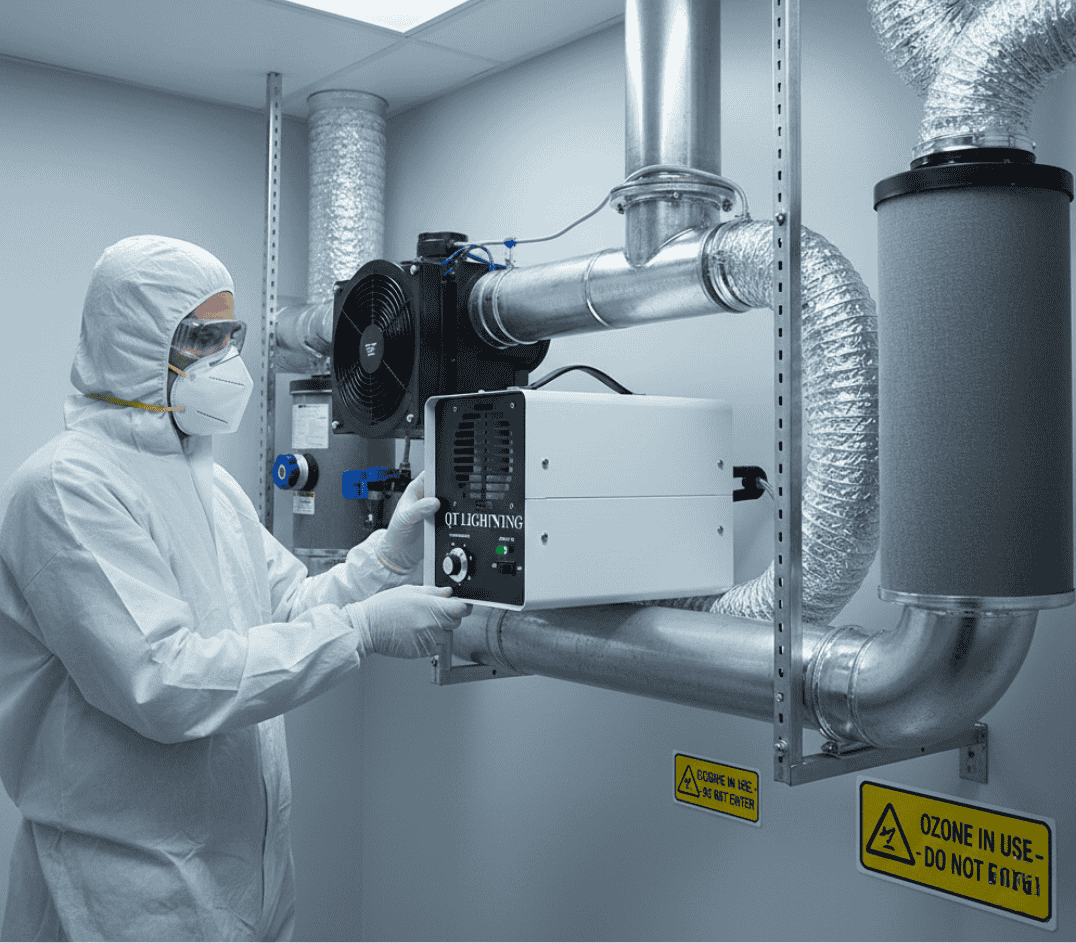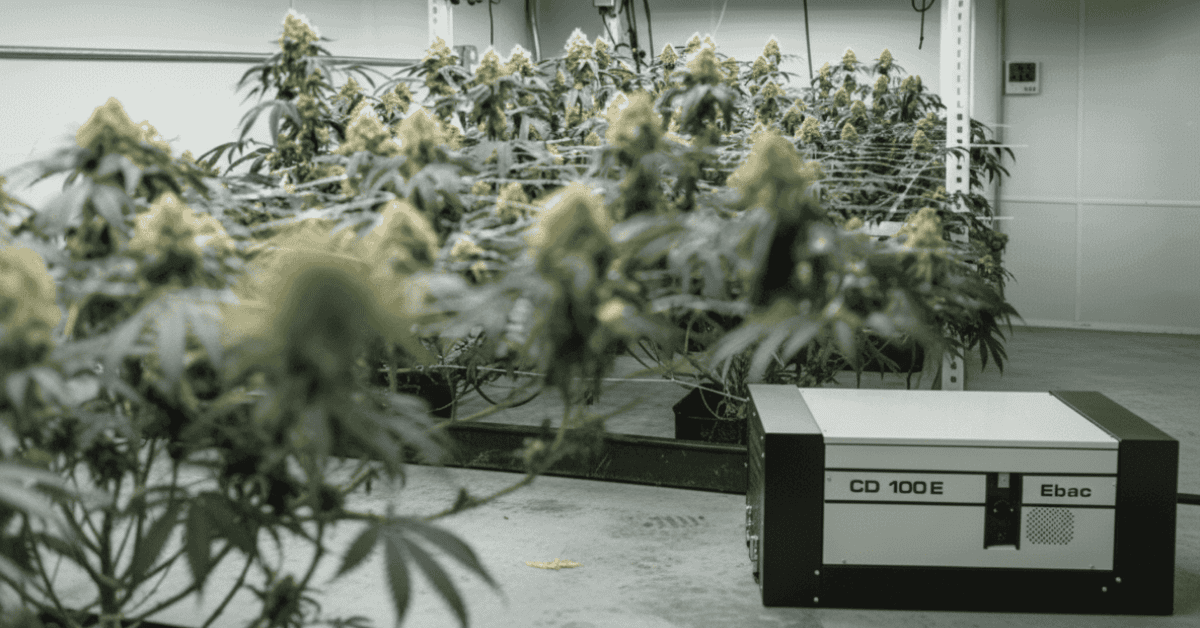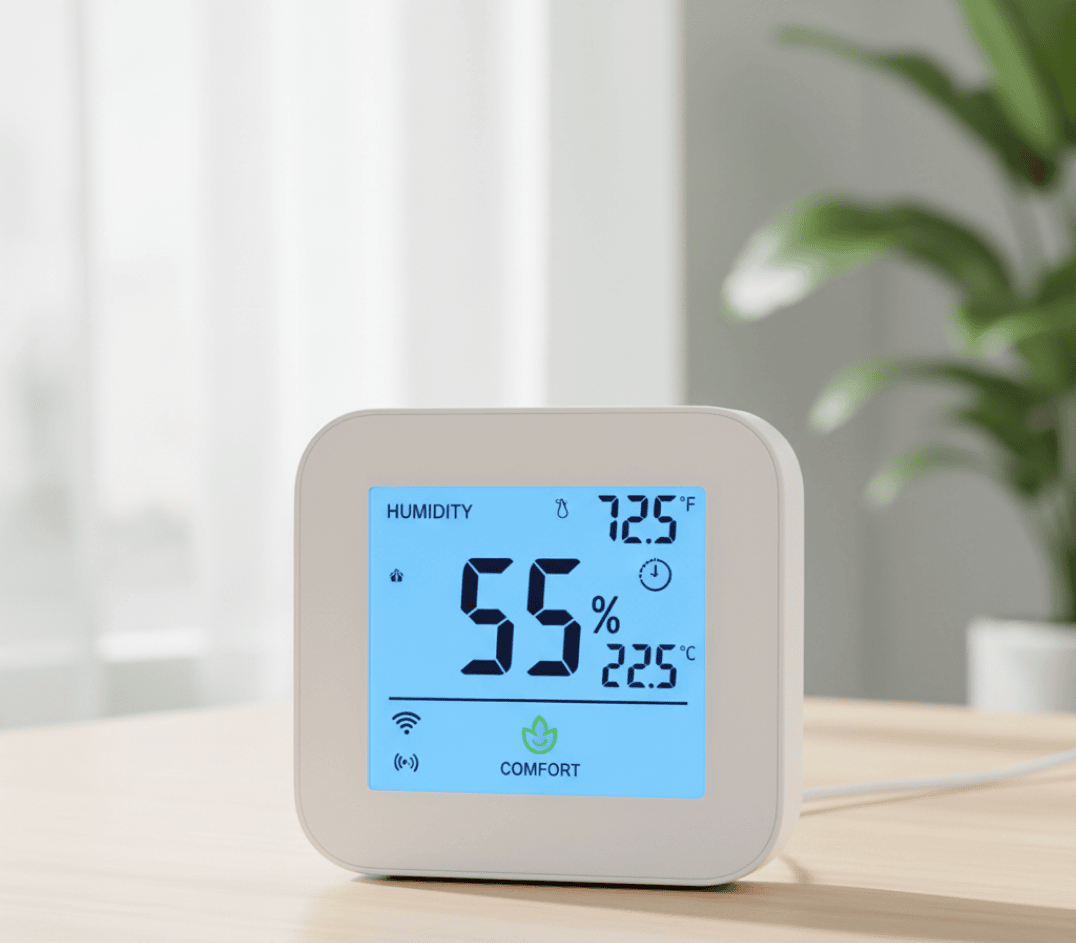 Picking the best grow room dehumidifier is critical for maintaining healthy plants and preventing mold. In this guide, we’ll cover what features to prioritize, compare models (small scale vs. commercial), include real grower feedback, and point you to the best product collections and deeper resources.
Picking the best grow room dehumidifier is critical for maintaining healthy plants and preventing mold. In this guide, we’ll cover what features to prioritize, compare models (small scale vs. commercial), include real grower feedback, and point you to the best product collections and deeper resources.
Why Dehumidifiers Matter in Grow Rooms
Excess humidity can lead to mold, bud rot, sticky walls, and compromised plant health. A properly sized dehumidifier helps maintain stable relative humidity (RH) levels, avoids saturated air, and protects your yield. Use this as your starting point before diving into specs.
Key Features to Look For
- Capacity: How many pints of water per day (PPD) the unit can remove. Select capacity to match your grow space - bigger rooms or multiple tents require higher capacity.
- Energy efficiency: High-efficiency models save you power costs long-term.
- Noise level: Especially for indoor setups, quieter units are preferable to avoid disturbance.
- Durability / Build quality: Commercial-grade units resist wear, temperature swings, and longer run cycles.
- Operating temperature & low-temp performance: Some units struggle in cooler environments; if your grow room can dip, you may need a desiccant option or an industrial compressor with defrost.
- Drainage / pump features: Built-in pumps or gravity drains reduce manual emptying.
- Filter access / maintenance ease: Easy-clean filters, accessible parts, and replacement availability matter.
One grower’s tip sums this up well:
“Buy bigger than you think you’ll need. Too small, and it never catches up. Too big, you just run it less!” -Reddit forum
How to Choose the Right Size
If you're uncertain how big of a dehumidifier you need, check out our guide What Size Dehumidifier Do I Need? for a step-by-step sizing method.
In essence, you calculate your space volume, humidity load, and temperature conditions. Lower temperature environments may require a higher-capacity model to overcome efficiency drop. Some commercial units are rated down to freezing or include defrost capabilities.
When in doubt, oversizing by 10-20% gives headroom without much downside.

Small-Scale vs. Commercial Dehumidifiers
| Feature | Small-Scale Dehumidifier | Commercial Dehumidifier |
|---|---|---|
| Capacity | 20-35 pints/day | 70+ pints/day |
| Energy Use | Lower draw, but less efficient per gallon | More efficient per gallon removed |
| Suitable Space | 1-2 tents, closets, small rooms | Full grow rooms, warehouses, commercial setups |
| Durability | Suitable for hobby use | Built tough for continuous duty |
| Noise | Quiet operation | Typically louder (check dB specs) |
If your setup is in the 51-75 pint/day range, browse our 51-75 Pint Dehumidifiers collection to find balanced mid-capacity models.
For large operations, explore units from our 100+ Pints Large Dehumidifiers collection. You can also find both small and high-capacity models in our full Commercial Dehumidification Systems collection.
Case Examples: Grow Tents vs. Full Facilities
Grow Tent (Home Gardener example):
A home gardener used a 30-pint dehumidifier and reported:
“Kept my humidity in check during flowering - no sticky walls or mold!” -Reddit
This is an ideal outcome in smaller environments where humidity spikes during flowering.
Full Facility (Commercial upgrade):
One grower upgraded to a 100-pint industrial unit and shared:
“The biggest upgrade to my whole op. No more wet, musty smell. Bud quality doubled!” -Industry forum
If you're scaling into commercial operations, you’ll want to look at our high-capacity industrial units. For reference, the Ebac Orion is a strong candidate, capable of ~105 PPD with pump support.
If you’re running a large grow with 100+ pints requirements, check out our 100+ pint collection link above.
Maintenance, ROI & Best Practices
Routine care ensures your dehumidifier delivers ROI. Key maintenance includes emptying trays (or ensuring drainage/hose works), cleaning or replacing filters, and periodically testing the unit before peak seasons.
“I waited a year before investing. Lost almost an entire crop to bud rot during the rainy season. Never again!” -Reddit
A well-sized dehumidifier can pay for itself by protecting yields and preventing mold or rot losses.
Next Steps: Browse, Buy, or Get Expert Support
Browse our curated dehumidifier collections above to find a model matching your room size. If you're unsure or running a larger operation, fill out our Dehumidifier Sizing Request Form to receive a professional recommendation.
Also, if you'd like a high-level summary for commercial units, check out The Ultimate Commercial Dehumidifier Cheat Sheet.
Still have questions? Contact us and get personalized recommendations within an hour.
For a deeper dive into optimal humidity, temperature, and grow room setup, download our Marijuana Grow Room Setup Guide.
And don’t miss our 2025/2026 Cannabis Compliance Playbook, a straightforward, practical resource to help you stay compliant, reduce costs, and keep your grow clean, safe, and efficient.
Related Reading & Further Resources
- What Size Dehumidifier Do I Need? - detailed sizing guide with formulas and tips
- The Ultimate Commercial Dehumidifier Cheat Sheet - product types, specs, and comparisons
- Ultimate Guide to Buying a Commercial Dehumidifier - deeper buying considerations
- Dos and Don’ts for Finding the Best Commercial Dehumidifier - best practice list





